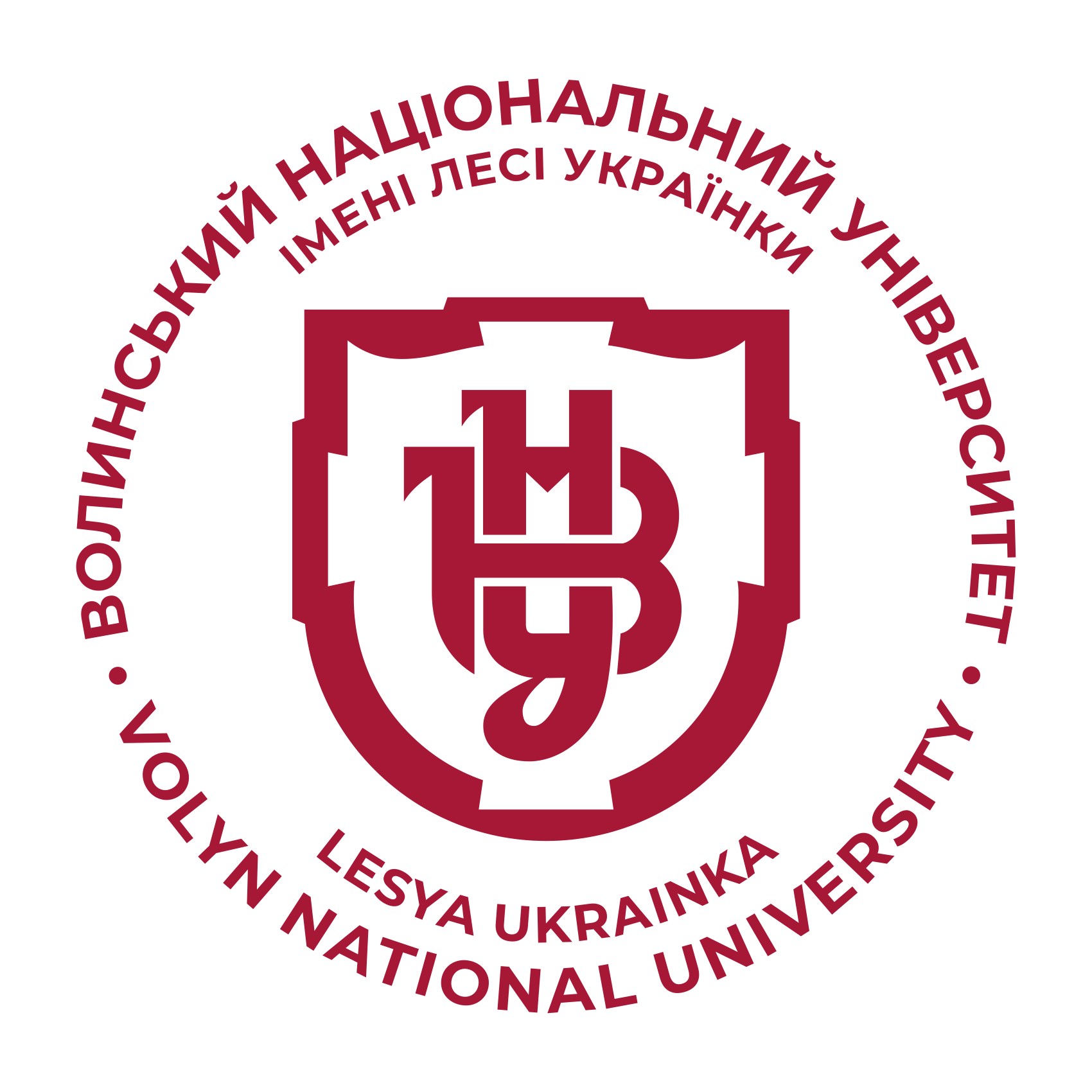CORRUPTION AS A FORM OF ANTISOCIAL CAPITAL
DOI:
https://doi.org/10.29038/10.29038/2411-4014-2019-01-7-14Keywords:
antisocial capital, negative externalities, corruption, corruption social norm, nepotism, clan economy.Abstract
The article analyzes a corruption as a form of antisocial capital. It’s role in the erosion of social capital is determined. The economic nature, preconditions, factors and motives of the formation of the social norms of corruption and bribery are investigated. The essence of corruption is revealed through the relationship between the principal and the agent. The tragedy «Inequality – Mistrust – Corruption» by E. Uslerer is analyzed. The signs of corruption agreement and social mechanisms of its implementation are determined. The dependence of corruption on the culture of different countries is investigated. Based on the analysis of Corruption Perceptions Index (CPI), Bribe Payers Index (BPI), Global Barometer of Corruption by Transparency International and some subindices of the Global Competitiveness Index, the peculiarities of the development of corruption in Ukraine were compared with post-Soviet countries, Western and Eastern Europe. The tendency of state bureaucrats to take bribes, business inclination to bribe and subjective assessment of ordinary citizens regarding the scope and scale of corruption spread in different countries of the world are estimated. The global and national trends in the development of corruption social norms are determined. The main areas of distribution of corruption social norms and their difference for the countries of Eastern and Western Europe are revealed. The peculiarities of the formation of the corruption system «competitive bribery» in Ukraine are analyzed. According to the methodology S. Rose-Ackerman and M. Johnson the problems of forming a competitive bribery and society of the type «Oligarchs and clans» are studied. The spiral of promotion of corruption and its negative consequences for society are analyzed. The network effects of clan economy formation and its features in Ukraine are characterized . The preconditions and readiness of the Ukrainian society to eliminate such a social norm in the national economy are determined at the present stage. Based on the results of the international and national sociological survey, the readiness of the population to abandon such antisocial capital form is assessed and the global trends of public readiness of the fight against corruption in the world are specified.
References
2. Vallie V. (2015) Koruptsiia: rozdumy pislia Maidanu [Corruption: reflection after the Maidan]. Kyiv: Dukh i Litera.
3. Gritsenko A. (ed.) (2008) Institutsionalnaya arkhitektonika i dinamika ekonomicheskikh preobrazovaniy [Institutional architectonics and dynamics of economic transformations]. Kharkov: Fort.
4. Johnston M. (2013). Corruption and Reforms: One Size Does Not Fit All. Laxenburg: IACSA.
5. Rouz-Akkerman S. (2010) Korruptsiya i gosudarstvo. Prichiny, sledstviya, reform [Corruption and the state. Causes, effects, reforms]. M.: Logos.
6. Soto E. de.(2007) Inoy put: Ekonomicheskiy otvet terrorizmu [Another way: the economic response to terrorism]. Chelyabinsk: Sotsium.
7. Warren M. (2007) The nature and logic of bad social capital. The Handbook of Social Capital. London: Oxford University Press.
8. Uslaner E. (2009) Corruption. Handbook of Social Capital. The Troika of Sociology, Political and Economics. Cheltenham, Northampton: Edward Elgar.
9. Corruption Perceptions Index 2018 shows anti-corruption efforts stalled in most countries. Available at: https://www.transparency.org/news/pressrelease/2018_Corruption_Perceptions_Index_RU (accessed 06.02.2019)
10. Corruption Perceptions Index 2018. Available at: www.transparency.org (accessed 06.02.2019)
11. Bribe Payers Index 2011. Available at: https://www.transparency.org/whatwedo/publication/bpi_2011 (accessed 06.02.2019)
12. Irregular payments and bribes. Available at: http://reports.weforum.org/global-competitiveness-index-2017-2018/ competitiveness-rankings/#series=BRIBEIDX (accessed 06.02.2019)
13. Suspiljno-politychni nastroji naselennja: novi vyklyky (kvitenj 2018 r.) [Public-political mood of the population: new challenges (April 2018)]. Available at: http://ratinggroup.ua/research/ukraine/obschestvenno-politicheskie_ nastroeniya_ukraincev_novye_vyzovy.html (accessed 06.02.2019)
14. Global Corruption Barometer. Available at: https://www.transparency.org/news/feature/ governments_are_ doing_ a_poor_job_at_fighting_corruption_across_europe (accessed 06.02.2019)
15. Politychna systema ta instytuty ghromadjansjkogho suspiljstva v suchasnij Ukrajini [The political system and the institutions of the civil society in Ukraine]. Kyiv: Lybid.
16. Ghavrylyshyn O. (2015) Ukrajina: najbiljshi nadiji, najbiljshi rozcharuvannja [Ukraine: the greatest hopes, the greatest disappointments]. Velyke pererodzhennja: uroky peremoghy kapitalizmu nad komunizmom [Great rebirth: the lessons of the victory of capitalism over communism]. Ljviv: Vydavnyctvo Starogho Leva.
17. Ukrajina 2017–2018: novi realiji, stari problemy (analitychni ocinky) [Ukraine 2017–2018: new realities, old problems (analytical assessments)]. Available at: http://razumkov.org.ua/uploads/article/2018_Pidsumky_ ukr_eng.pdf (accessed 06.02.2019)
18. Favoritism in decisions of government officials. Available at: http://reports.weforum.org/global-competitiveness-index-2017–2018/competitiveness-rankings/#series=EOSQ042 (accessed 06.02.2019)
19. Full summary report: People and Corruption: citizens’ voices from around the world. Available at: https://echas. eenu.edu.ua/index.php/echas/about/submissionshttps://www.transparency.org/news/feature/global_corruption_barometer_citizens_voices_from_around_the_world (accessed 06.02.2019)







